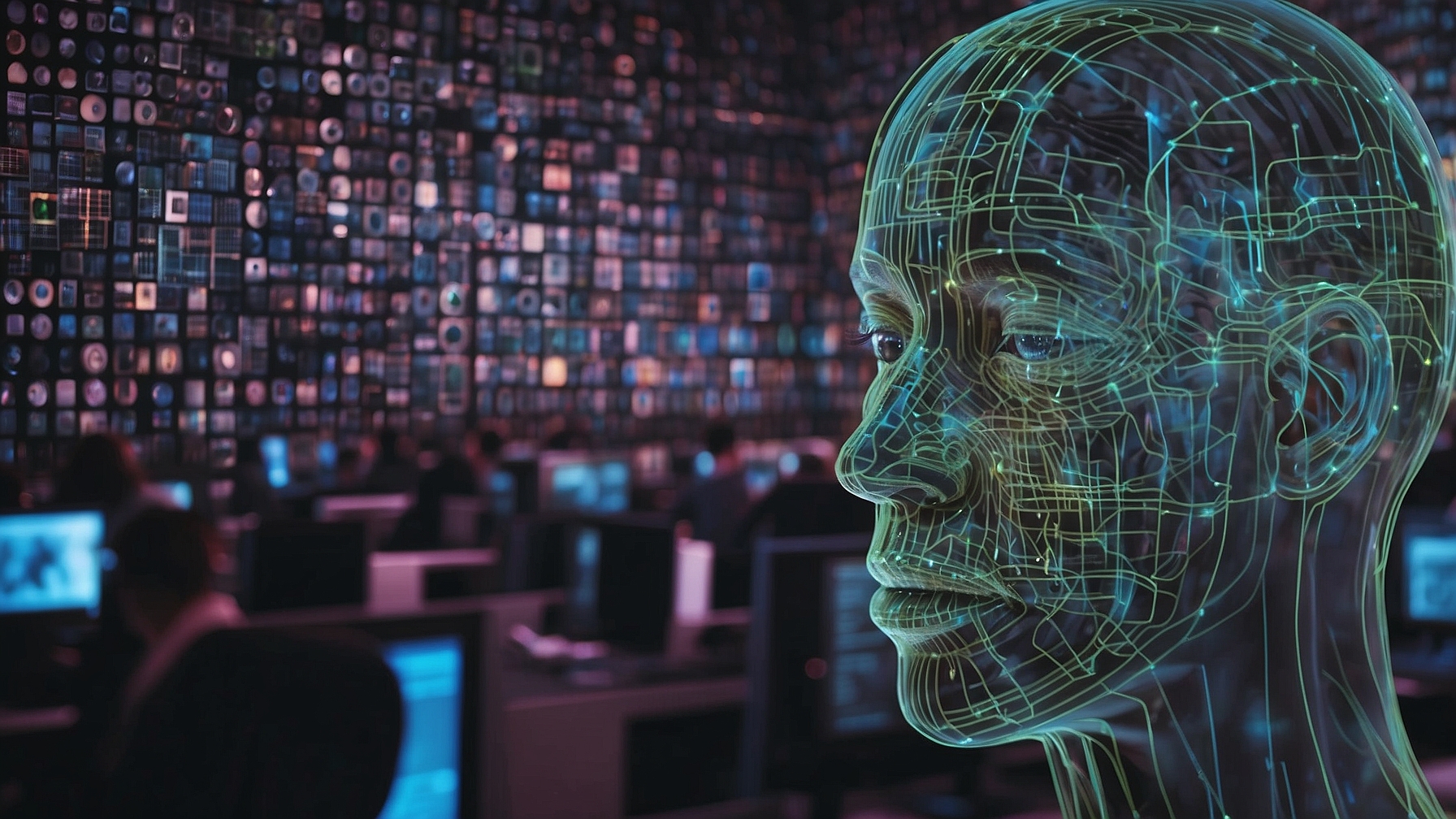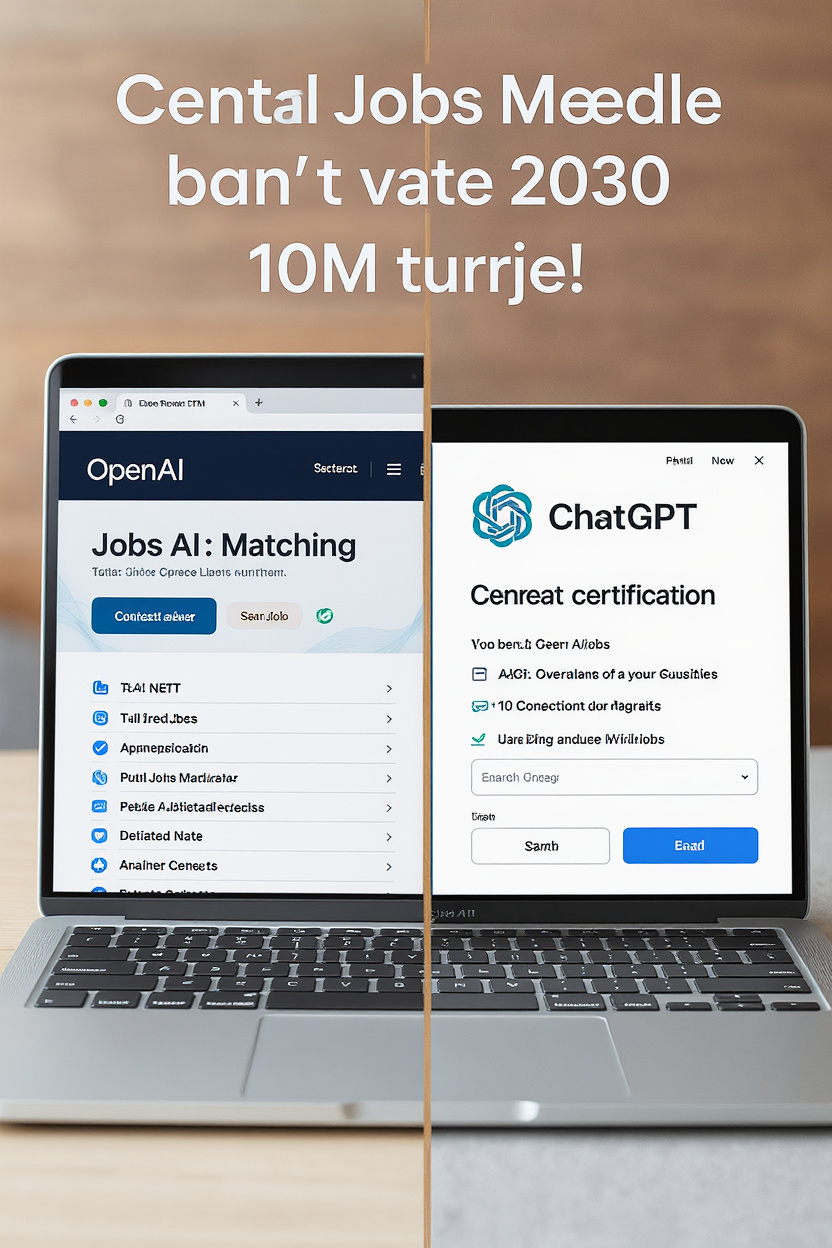Cybersecurity Experts Stunned: AI Robots Not Ready to Defend Internets, Only Good for Dabbling in Acrylic Painting
In a bombshell revelation that shocked absolutely no one, a recent CrowdStrike survey revealed that AI technology, originally concocted to bolster cybersecurity, now seems better suited for creating questionable modern art pieces rather than actually protecting our firewalls.
Generative AI, the supposed hero in the cybersecurity narrative, was expected to swoop in with capes and algorithms, ready to outwit cybercriminals lurking in the digital shadows. However, reality has kicked in, and it appears this tech marvel spends more time pondering the color scheme of its next abstract work than catching hackers. “I’m not saying AI is slacking,” commented top security analyst Jane Doe, “but when your digital assistant is more Van Gogh than John McClane, you know there’s an issue.”
The survey unearthed that while cybersecurity professionals hoped for a partner in AI, what they got was more of an enigmatic roommate that just watches Netflix documentaries on surveillance instead of helping around the cyber house. “We expected investment in AI to help plug security holes,” stated John Smith, a senior tech enthusiast who frequently fights with his printer, “but it’s mostly just staring out the window muttering something about data breaches.”
Despite its potential, AI’s return on investment (ROI) in cybersecurity remains as elusive as spotting Bigfoot on a Sunday stroll. Companies found themselves perplexed at how this technology, capable of composing operatic arias and completing Beethoven’s unfinished symphonies, stumbled when asked to detect a phishing attempt. “It’s like witnessing a concert pianist unable to open a jar of pickles,” lamented another expert.
Nevertheless, there remains a sliver of hope. AI is expected to augment cybersecurity teams in the future, provided someone figures out how to convince it that blocking cyber attacks is more thrilling than fine-tuning brush strokes on a digital canvas. Meanwhile, AI continues its journey of self-discovery, possibly taking up interpretive dance next.
In what may be the understatement of the century, CrowdStrike’s findings gently suggest that AI should focus more on augmenting cybersecurity and less on its gallery showings. Until then, the battle between humans, hackers, and their abstract AI friend continues with cybersecurity professionals doing the heavy lifting, as AI ponders the intricacies of life and digital landscapes.





